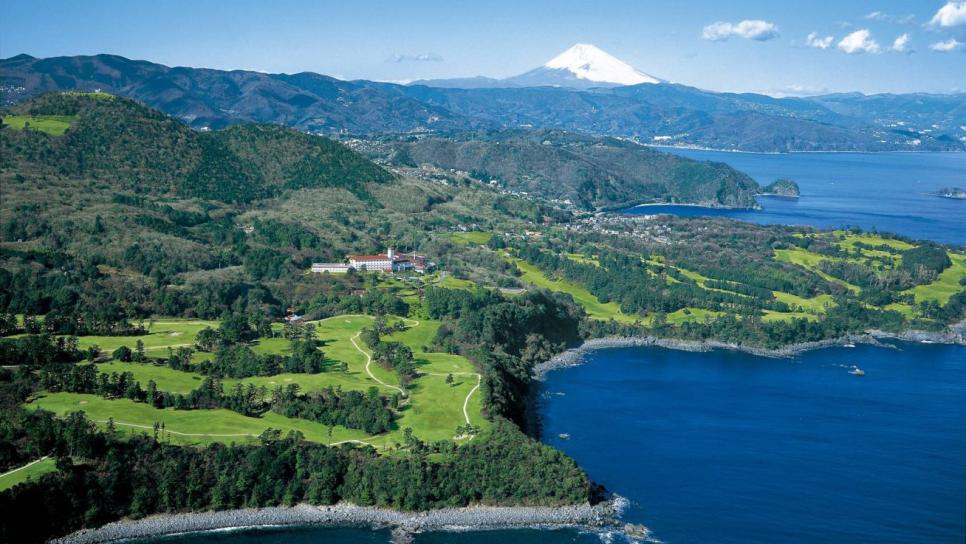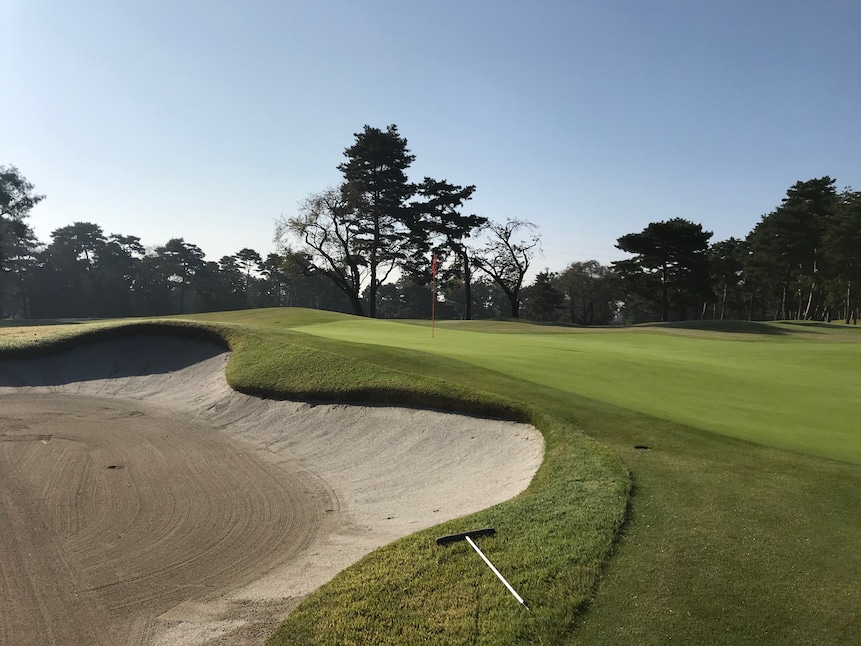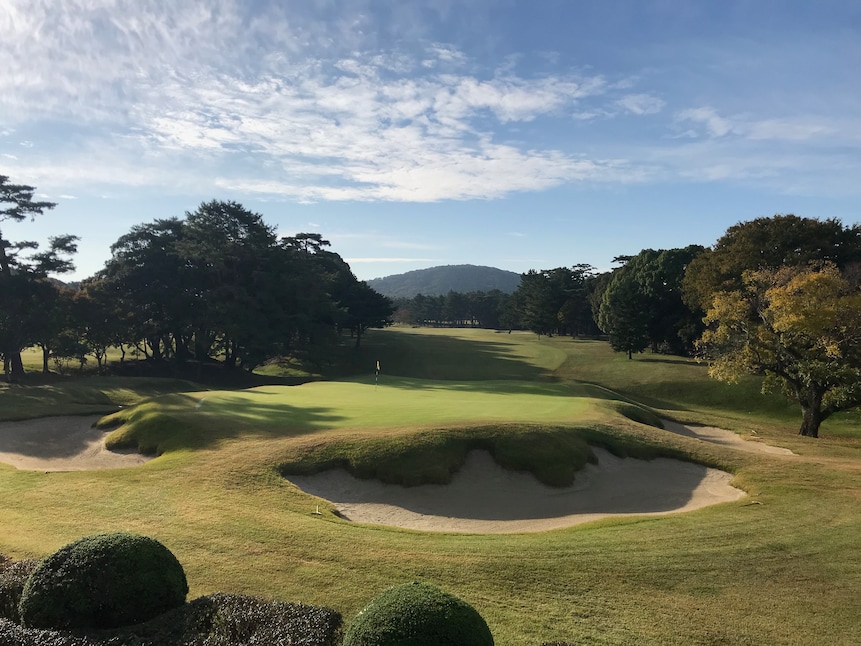Course Rankings
The best golf courses in Japan

Courtesy of Kawana Hotel
Golf courses in Japan contain many dualities. From an architectural perspective there is a balance between Eastern and Western influences. Many of the country’s most esteemed courses were designed and built in the 1930s by a Brit, Charles Alison, who was a partner of the great H.S. Colt. In fact, the top three courses in this survey were all created by Alison, including Hirono, touted as the Pine Valley of Japan.
But the country also produced homegrown architects of distinction like Komei Ohtani, who built the fourth-ranked course, Tokyo Golf Club, in 1939, Ueda Osamu (Osaka Golf Club), Kinya Fujita and Shiro Akaboshi (Kasumigaseki’s West Course) and Takeo Aiyama, who built Yokohama Country Club, subsequently remodeled by Bill Coore and Ben Crenshaw. In fact, many of Japan’s best courses have been remodeled by Western architects, like the firm of Mackenzie and Ebert at Hirono and Tom Fazio at Kasumigaseki’s East Course, host of the 2021 Summer Olympics.
One more duality these designers often must address is the longstanding Japanese tradition of maintaining two separate greens on each hole, one planted with a warm season grass, the other with a cold season grass. Some courses have since combined the greens into one, while other clubs like Tokyo Golf Club and Kawaguchiko Country Club continue to use two.
We urge you to click through to each individual course page for bonus photography, drone footage and expanded reviews. Plus, you can now leave your own ratings on the courses you’ve played … to make your case why your favorite should be ranked higher.
Editor's Note: Our Best Courses in Japan ranking is part of Golf Digest's rollout of the Best Courses in Every Country. Check back over the next few weeks for more of our rankings of the best golf around the world.


.jpg.rend.hgtvcom.861.574.suffix/1729800864039.jpeg)
.jpg.rend.hgtvcom.861.485.suffix/1729801826448.jpeg)
.jpg.rend.hgtvcom.861.485.suffix/1729802187407.jpeg)

.jpg.rend.hgtvcom.861.431.suffix/1729862936545.jpeg)
.jpg.rend.hgtvcom.861.646.suffix/1729864406606.jpeg)
.jpg.rend.hgtvcom.861.485.suffix/1729950380976.jpeg)
.jpg.rend.hgtvcom.861.485.suffix/1729802187407.jpeg)





• • •
Explore our brand-new course reviews experience with individual course pages for bonus photography, drone footage and expanded reviews of top international courses and all 17,000-plus courses in the United States. Post your own ratings for courses you’ve played … and tell us where it should be ranked.








